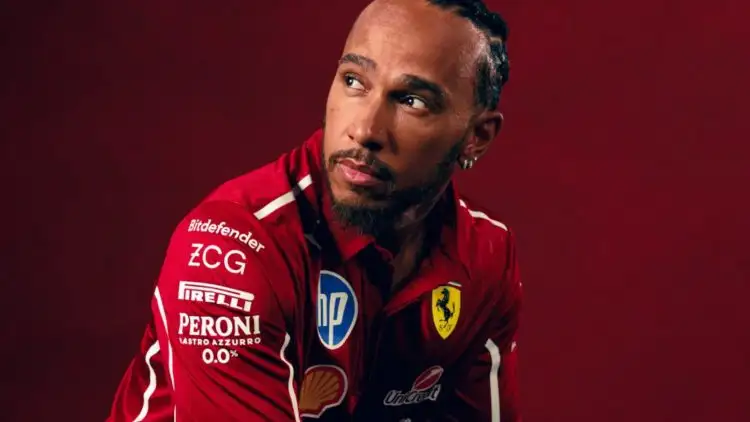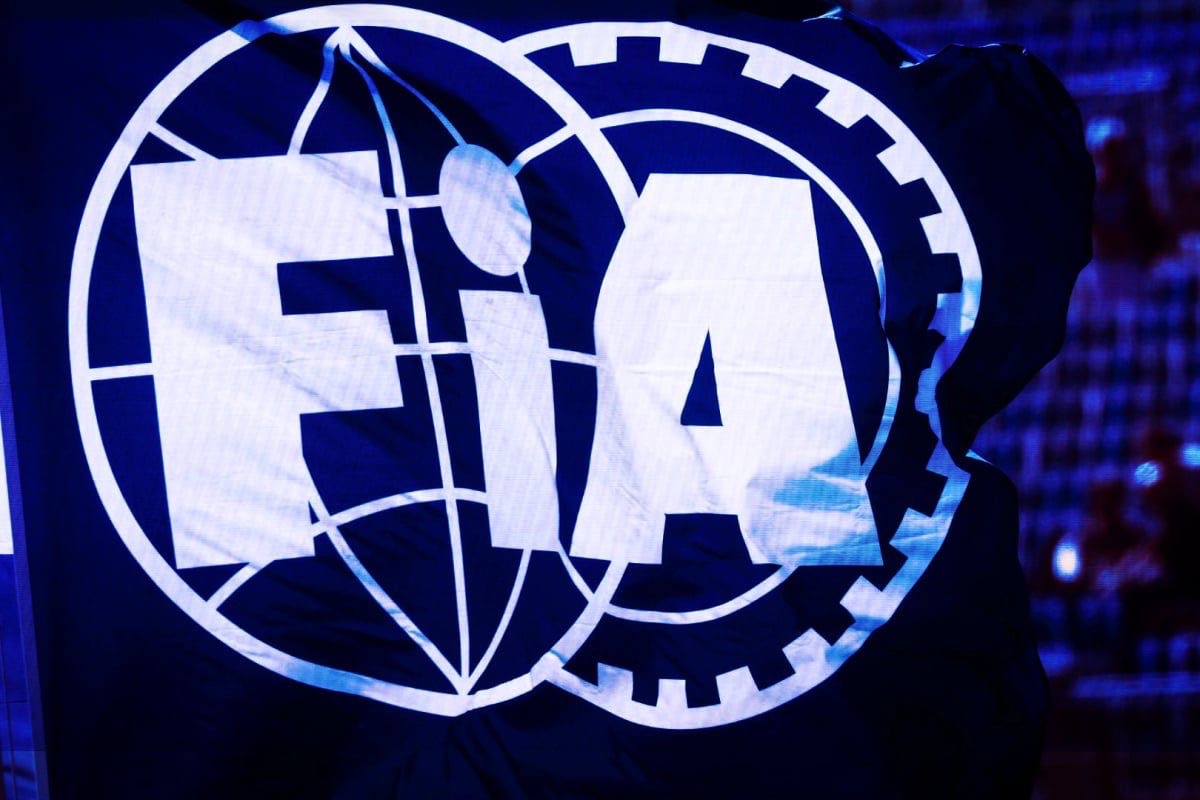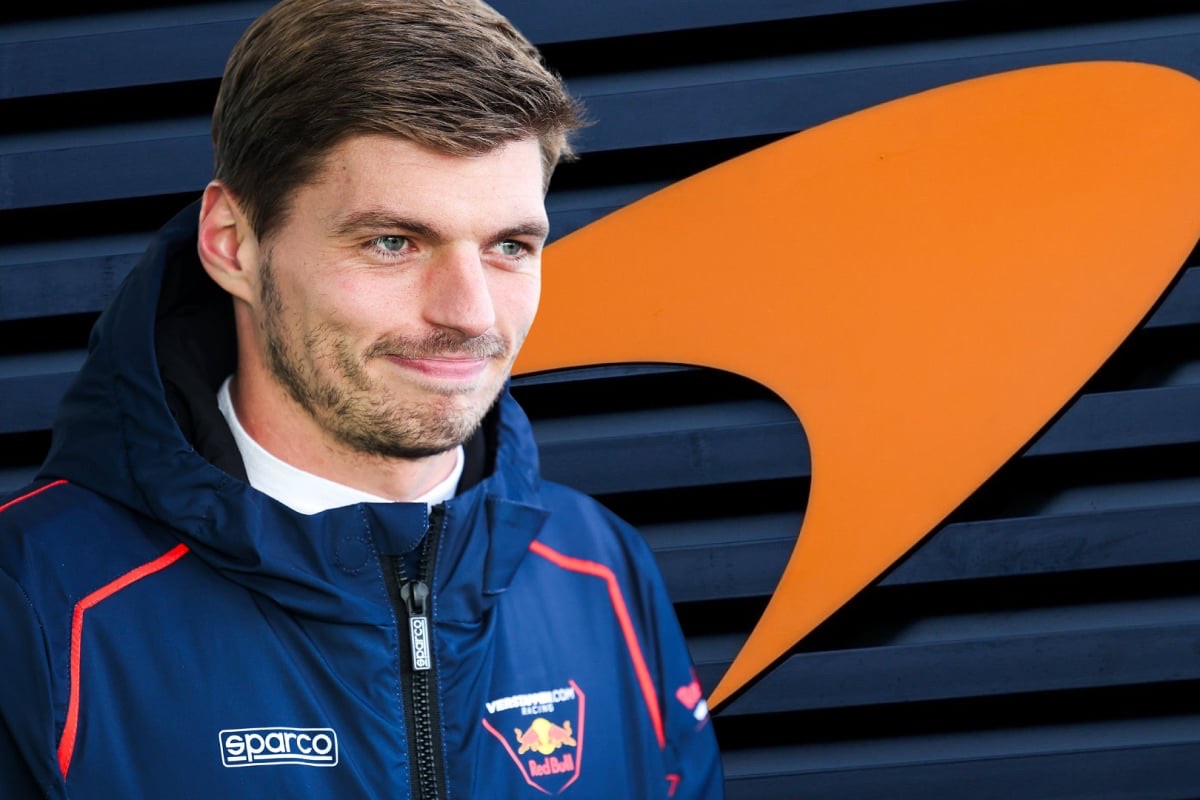Lewis Hamilton breaks silence amid ‘unprecedented’ Ferrari…read more
Lewis Hamilton’s highly anticipated tenure with Ferrari commenced with a blend of enthusiasm and unforeseen challenges. The seven-time Formula 1 World Champion, who transitioned from Mercedes to Ferrari in a landmark move, expressed his eagerness for the upcoming season, stating that his inaugural race as a Ferrari driver “can’t come soon enough.” This sentiment was shared following a series of pre-season tests aimed at acclimating him to the new machinery and team dynamics.
Hamilton’s initial engagement with Ferrari involved a 30-lap session at the Fiorano circuit, utilizing the 2023 SF-23 model. This session was designed to provide him with a foundational understanding of the car’s handling and performance characteristics. Building upon this experience, Hamilton, alongside his new teammate Charles Leclerc, participated in further testing at Spain’s Circuit de Barcelona-Catalunya. The duo alternated driving duties, with Hamilton taking the wheel during the Wednesday morning session.
During this session, Hamilton encountered a setback when he lost control of the SF-23 at Turn 12, a long, winding right-hander preceding the high-speed section of the track. The incident resulted in the car veering off the circuit and making contact with the barriers. Fortunately, Hamilton emerged unscathed, and the team promptly assessed the situation. The crash led to damage to the car’s suspension and bodywork, necessitating immediate repairs. Consequently, Leclerc’s scheduled afternoon session was curtailed due to the time required for these repairs.
Ferrari addressed the incident, emphasizing that such occurrences are a routine aspect of testing, especially when a driver is acclimating to new equipment. The team described the crash as “perfectly normal” and highlighted Hamilton’s efforts to “test and find the limits of his new equipment.” This perspective underscores the inherent risks involved in pushing a car to its boundaries to understand its capabilities fully.
Reflecting on the incident, Hamilton conveyed his impatience for the season to commence, stating, “My first race as a Ferrari driver can’t come soon enough.” This sentiment reflects his determination and eagerness to integrate fully into the Ferrari team and make a significant impact in the forthcoming season.
It’s noteworthy that this isn’t the first time Hamilton has experienced pre-season testing incidents. In 2007, during his debut season with McLaren, he suffered a crash in pre-season testing but went on to have a stellar rookie year, narrowly missing out on the championship. Similarly, in 2013, after a pre-season testing crash with Mercedes, Hamilton secured multiple championships in the subsequent years. These historical parallels suggest that early setbacks do not necessarily predict season outcomes and can sometimes precede periods of significant success.
Former F1 team manager Peter Windsor offered an optimistic perspective on the incident. He suggested that Hamilton’s fans should feel “delighted” about the crash, interpreting it as a sign of the driver’s confidence and willingness to explore the car’s limits. Windsor emphasized that the crash resulted from Hamilton’s aggressive driving style and his renewed connection with the vehicle, rather than any mechanical issues. This viewpoint highlights the positive aspects of a driver actively seeking to understand and push the capabilities of new machinery.
In the aftermath of the crash, Hamilton took proactive steps to address the situation. He engaged in debriefing sessions with the Ferrari engineering team to analyze the incident and gather insights for future improvements. Such collaborative efforts are crucial in Formula 1, where driver feedback and engineering expertise converge to enhance car performance and ensure safety.
As the pre-season testing phase progresses, Hamilton is slated to participate in additional sessions, including a Pirelli tire test in Barcelona. These sessions are integral to his preparation, allowing him to gain further familiarity with the car and the team’s operational procedures. The collaborative dynamic between Hamilton and Leclerc will be pivotal as Ferrari aims to mount a robust challenge in the upcoming championship.
In conclusion, while the initial testing phase presented unforeseen challenges, Hamilton’s integration into the Ferrari team is marked by a shared commitment to excellence and a proactive approach to overcoming obstacles. The incident at Barcelona serves as a reminder of the rigorous demands of Formula 1 and the resilience required to succeed at the highest level. As the season approaches, both Hamilton and Ferrari are poised to leverage these experiences to forge a competitive path forward.




